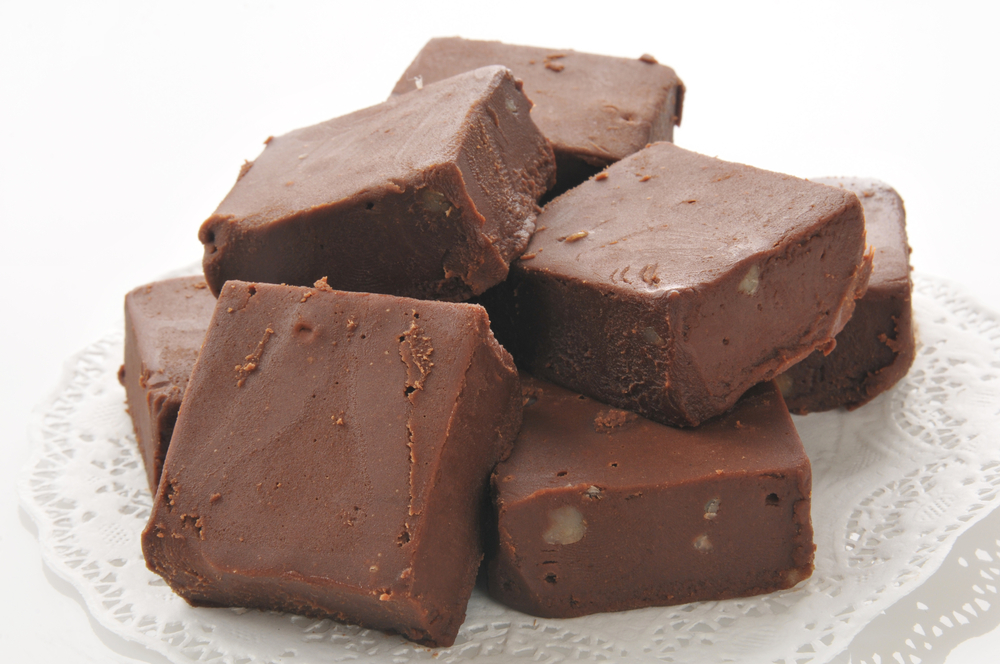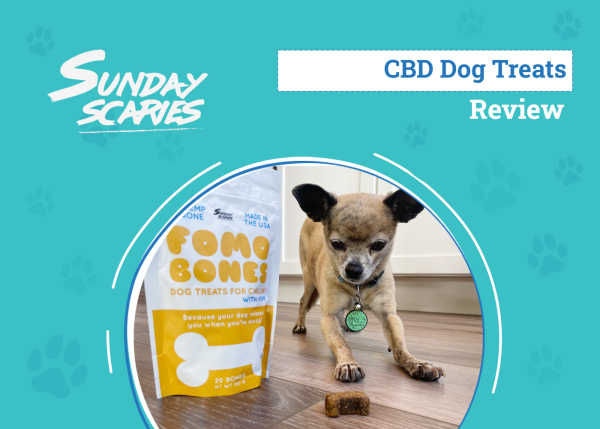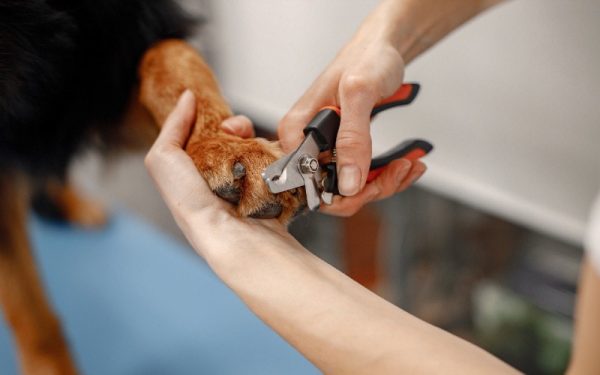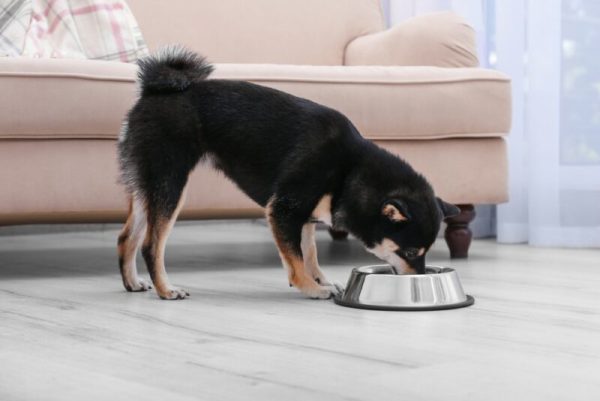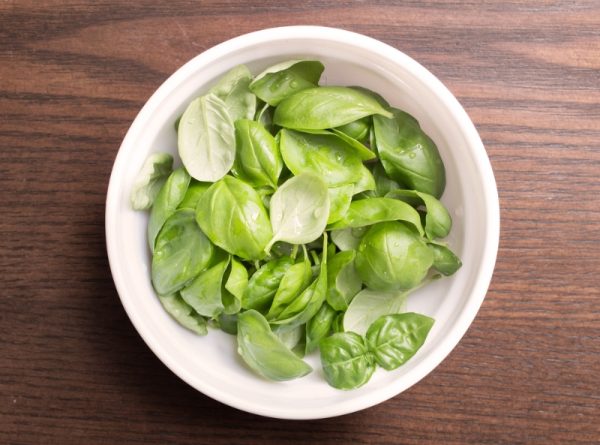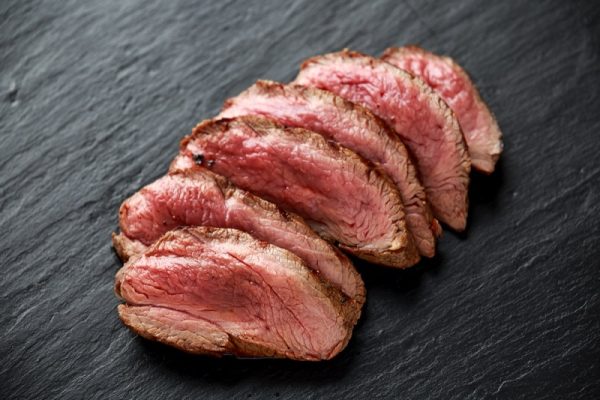Dogs are often curious about the food we eat and may even try to sneak a bite when we’re not looking. While fudge is a tasty sweet treat for us, it’s unsafe for dogs to eat because it often contains harmful ingredients like chocolate. Even fudge without a chocolate base can cause gastrointestinal upset or lead to pancreatitis for our pups. Therefore, it’s important to act quickly and monitor your dog’s condition if they’ve eaten some.
Some cases of fudge consumption will require veterinary care, as chocolate is toxic to dogs. Being prepared by knowing what to do will help you save time and get your dog the help they need as soon as possible.

Here’s What to Do
Because fudge can contain ingredients that are toxic to dogs, it’s important to act immediately if your dog has eaten some fudge. Make sure to get in contact with a veterinary professional and not try to resolve this on your own. Here are some things you can do to get your dog the help they need after they’ve ingested fudge.
1. Call Your Veterinarian or Pet Poison Control
You’ll want as much time on your side as possible. So, if your dog has eaten fudge, call your veterinarian or a pet poison control hotline right away to receive assistance as soon as possible.
Your dog can experience varying effects depending on a variety of factors, including their size and weight and what kind of fudge they’ve eaten. A veterinary care professional can help you determine the next steps you can take. In mild cases, you’ll have to monitor your dog’s condition at home and care for them if they experience gastrointestinal upset. In more severe cases, you’ll have to take them to emergency veterinary care.
If you need to speak with a vet but can't get to one, head over to PangoVet. It's an online service where you can talk to a vet online and get the personalized advice you need for your pet — all at an affordable price!
2. Gather Information on the Fudge Your Dog Ate
Fudge becomes dangerous to dogs when it contains a large amount of chocolate. Chocolate contains methylxanthines, including caffeine and theobromine, and dogs are highly sensitive to them.
Some types of fudge, such as white chocolate fudge, don’t contain much chocolate. Your dog may just experience an upset stomach from consuming too much sugar and fat, but sometimes it can trigger painful pancreatitis. Other types of fudge that contain a lot of chocolate or dark chocolate are toxic to dogs. Some fudge may also include additional ingredients that are harmful to dogs, like walnuts, nutmeg, or artificial sweeteners. Dogs that eat these types of fudge require immediate medical attention due to their toxicity.
Knowing what type of fudge your dog ate and how much they ate will be helpful information for your veterinarian. So, make sure to take the fudge’s ingredient list with you when you contact your veterinarian.
3. Do Not Induce Vomiting at Home
Sometimes, veterinarians may induce vomiting in dogs to get rid of toxic substances in your dog’s gastrointestinal tract. While you want to act fast and provide treatment for your dog as soon as possible, leave treating your dog to the professionals.
Not all cases of eating fudge require induced vomiting and doing it incorrectly can cause even more harm to your dog. The best thing to do is call your veterinarian right away so that your dog receives appropriate treatment.

4. Monitor Your Dog’s Condition
Continue to monitor your dog’s condition and watch for signs of chocolate poisoning. The following conditions and behaviors may be signs of chocolate poisoning:
- Vomiting
- Diarrhea
- Panting
- Restlessness
- Increased thirst
- Racing heart rate
- Excessive urination
- Muscle tremors
- Seizures
Sometimes, your dog may experience vomiting or diarrhea due to an upset stomach. However, they can also be signs of chocolate toxicosis. It’s better to be safe than sorry, so contact your veterinarian right away if you notice these signs in your dog.
5. Store Fudge in Unreachable Places
The best way to protect your dog is to store fudge in spaces that your dog can’t reach. Keep it off your kitchen counters and dining table and store it on your highest pantry shelf or in an overhead kitchen cabinet with doors. Remember to always put away any remaining pieces of fudge immediately so that your dog can’t sneak a bite.


Conclusion
If your dog has eaten some fudge, call your veterinarian or a pet poison control hotline straight away. Getting a hold of the fudge’s ingredient list provides helpful information for your veterinarian so they can decide on the best course of action for your pup. Treatment will vary depending on the type of fudge and how much fudge your dog has ingested. Since some cases can be serious, it’s better to be safe than sorry and always seek veterinary advice if they ever eat some fudge.
Featured Image Credit: MSPhotographic, Shutterstock
